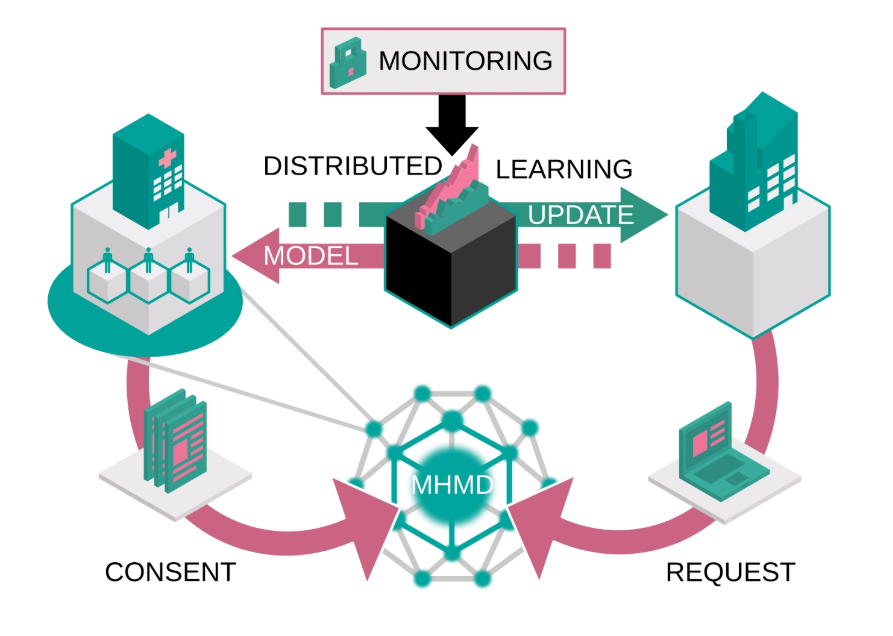Open Pedagogy: Empowering Students and Educators
Open Pedagogy is a student-centered approach, and it encourages collaboration, knowledge sharing, and the use of openly licensed materials to enhance learning. Traditional teaching methods often focus on one-way knowledge transfer from educators to students, but Open Pedagogy promotes active participation by allowing students to contribute to and create educational content. This approach empowers both students and educators by fostering creativity, critical thinking, and engagement. For example, my classmates in an economics class might collaboratively create an open textbook, and this allows them to deepen their understanding of concepts while contributing to a resource that future students can use. By integrating Open Pedagogy, educators can make learning more interactive and meaningful while encouraging students to take ownership of their education.
Importance of Open Pedagogy Resources
Open Educational Resources have the potential to transform education by providing free, adaptable, and high-quality learning materials. Unlike traditional textbooks, OER allow educators to customize content to suit specific learning needs. This flexibility ensures that students have access to up-to-date and relevant information without financial barriers. For instance, in a global economics course, an instructor might use freely available case studies from different countries rather than relying on costly textbooks with limited perspectives. OER contribute to equitable education by ensuring that all students have access to high-quality learning materials. They also foster knowledge-sharing across institutions and borders, supporting lifelong learning and professional development. This makes OER becoming more inclusive and accessible to students.

Global Trends and Challenges in OER Adoption
The global adoption of OER is a growing trend because many countries and institutions implementing policies to support open access education. Governments in countries like Canada and the United States are investing in OER initiatives to reduce the cost of higher education, while UNESCO promotes OER as a tool for achieving global education equity. One key trend is the increasing collaboration between universities to develop open-access courses and textbooks, and it is benefiting students worldwide. However, there are still challenges, such as the need for more awareness and training on how to use OER effectively. Despite these obstacles, OER provide greater accessibility, inclusivity, and adaptability. By embracing OER, educational institutions can work toward a more open and equitable future for learning.
Understanding Creative Commons Licensing
Creative Commons Licensing is essential in the context of OER because it allows educators and learners to legally use, adapt, and share educational materials while respecting intellectual property rights. By understanding these licenses, users can confidently modify resources to fit their specific needs and ensure that learning materials remain relevant and accessible. For example, a professor might take an openly licensed economics textbook and update it with local case studies to make the content more applicable to students in a particular region. Similarly, a student creating an educational video can incorporate Creative Commons-licensed images and music without worrying about copyright restrictions. These licenses not only promote knowledge-sharing but also foster a culture of ethical and responsible use of educational materials.
Implementing Open Pedagogy for Inclusive Learning
The key attributes of Open Pedagogy are collaboration, transparency, and student-centered learning, and these can be implemented in various educational practices to create a more inclusive and participatory learning environment. For instance, a history professor might assign students to collaboratively develop an open-access digital archive of primary sources to encourage teamwork and knowledge-sharing. Transparency in learning can also be promoted by allowing students to openly review and provide feedback on each other’s work, and it fosters a sense of community and continuous improvement. Moreover, student-centered learning can be enhanced through project-based assignments where learners create educational resources, such as blogs or podcasts, that future students can use. These approaches empower students by making them active contributors to their education, fostering engagement, and ensuring that learning materials reflect diverse needs and experiences.
Additional Resources
Clinton-Lisell, V. (2021). Open pedagogy: A systematic review of empirical findings. Journal of Learning for Development, 8(2), 255–268. https://files.eric.ed.gov/fulltext/EJ1314199.pdf
References
BCcampus OpenEd. (n.d.). Open textbooks. Retrieved from https://open.bccampus.ca/
OpenStax. (n.d.). Free textbooks online. Retrieved from https://openstax.org/
UNESCO. (2019). Recommendation on Open Educational Resources (OER). Retrieved from https://unesdoc.unesco.org/ark:/48223/pf0000370936
Wiley, D. (2014). The Access Compromise and the 5th R. Retrieved from https://opencontent.org/blog/archives/3221










